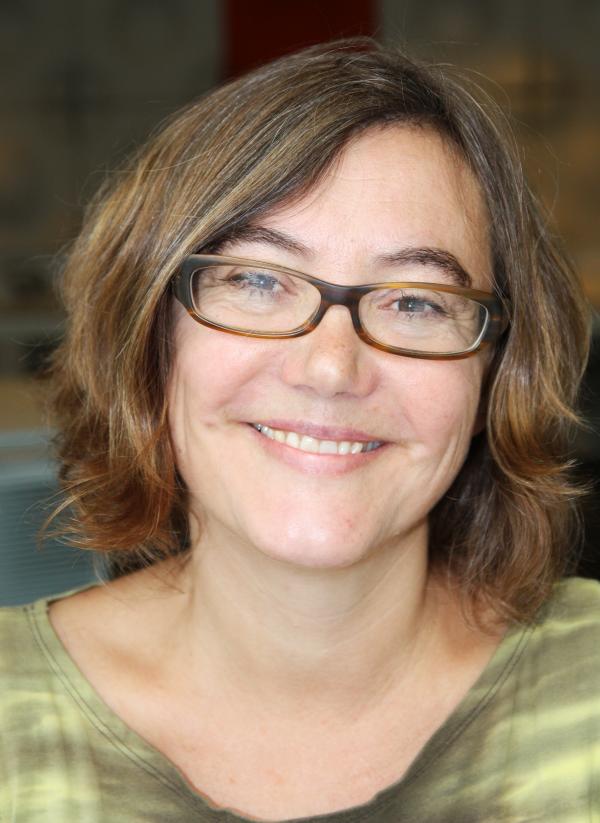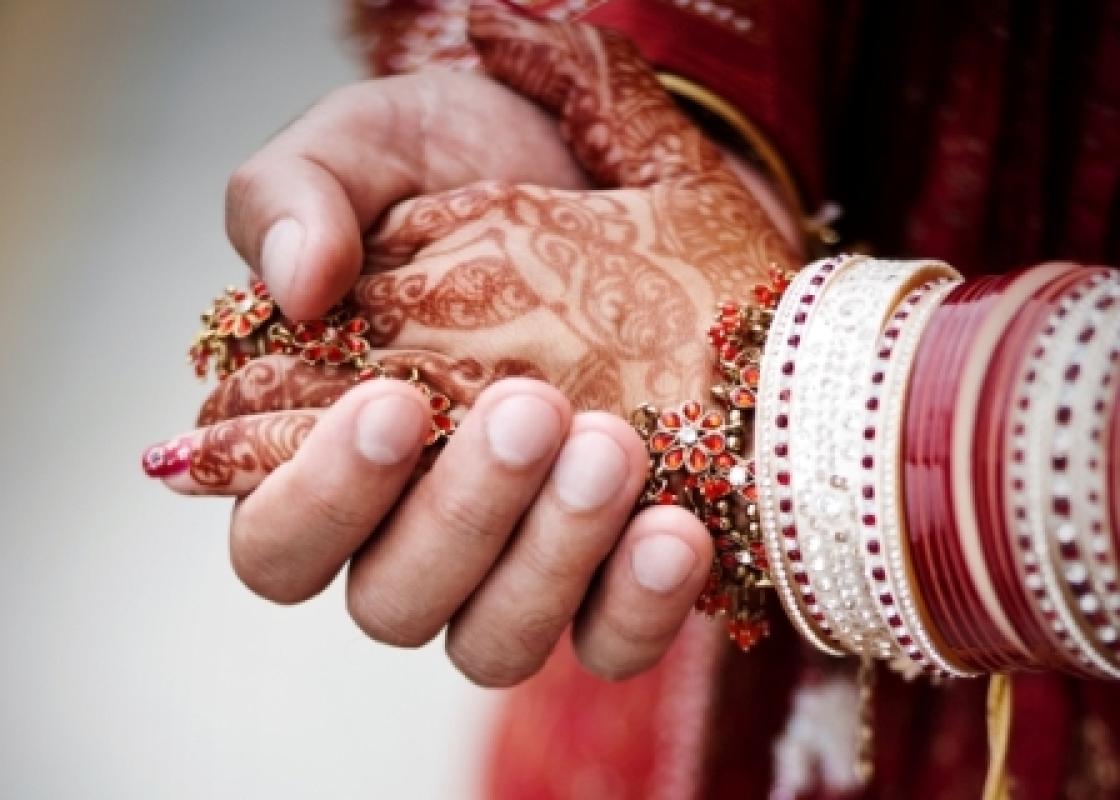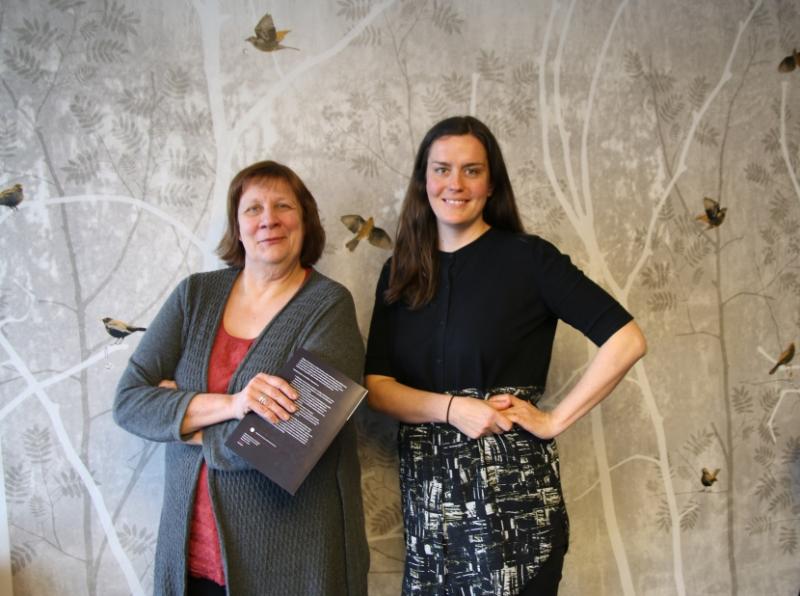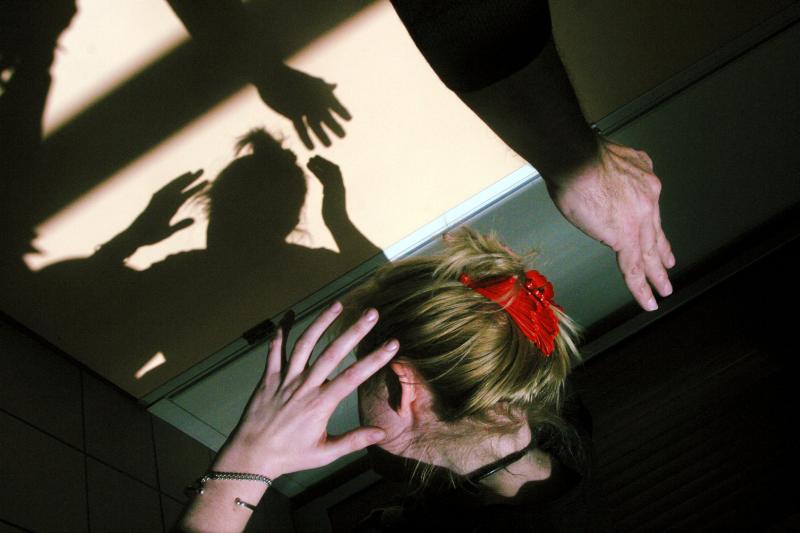What is the best way to combat forced marriage? With immigration legislation or a campaign to fight violence against women in general and ethnic minority women in particular? And what kind of problem are we actually facing – patriarchal violence and oppression or out-of-control immigration and the integration problems that follow?
Framing the problem has consequences
Sociologist and researcher Anja Bredal has analyzed how forced marriage is interpreted and described in public documents. Her study is part of the PLUREQ project (Gender equality, cultural diversity, religious pluralism: State policies and feminist interventions), which has been funded by the Research Programme on International Migration and Ethnic Relations (IMER) under the Research Council of Norway.
“The framing of the problem – that is, how it is defined and interpreted – in debates and political documents has an impact on public policy,” says Bredal, who points to the “21-year-old rule” as an example.
This draft legislation was circulated for review by the Norwegian Government in 2006. The proposal required both spouses to be at least 21 years old in order for the marriage to give the right to a Norwegian residence permit if one of the parties was living in a country outside the European Economic Area (EEA). The rule was supposed to reduce the number of marriages in which a young ethnic minority person residing – and often raised – in Norway marries a person from his or her parents’ home country who has no connection to Norway. The idea was that a minimum age requirement would deter young, immature minority women from being used as a “living visa” and be forced into marriage against their will, while at the same time limiting immigration based on marriage arranged for this purpose.
“The draft legislation was designed to limit immigration as well as to protect vulnerable women, and it assumed that both of these issues could be addressed by the same law without problematizing the relationship between them,” Bredal explains.
Forced to marry regardless
Bredal believes that the need to control the national borders and the need to protect women can often conflict with each other, and that the 21-year-old rule is an example of this. One crucial point, which often gets lost in the debate, is that the proposed rule did not prohibit young people from marrying, but from bringing their foreign spouses to Norway before they turn 21 years old.
“My research on forced marriage indicates that parents who are determined to marry off a young daughter would go through with the marriage even though her spouse could not come to Norway right away. Then the married woman would have to be kept under control either by the spouse abroad or by the family in Norway until the man received a residence permit,” Bredal says.
She believes that the adherents of the 21-year-old rule put too much emphasis on migration as the motivation for forced marriage and downplay the need to control women’s sexuality.
“Very often the motive is to gain control over a daughter who has been disobedient if, for example, she has had a hidden romance. Then the parents are in a hurry to marry her off, and they would not want to wait until she turns 21 in any case. If forced marriage had been framed mainly as a problem of violence, it would be easier to see that consideration for the women conflicts with immigration policy considerations.”
Different from Denmark
In 2002, Denmark introduced a 24-year-old minimum age requirement for marriages involving persons outside the EEA. Bredal compared Norwegian and Danish policy on forced marriage and violence in intimate relationships, and found some interesting differences.
“Norwegian policy has framed the phenomenon of forced marriage in different ways. At first it was viewed primarily as a cultural and generational conflict within the family which was associated with both gender equality and integration. Therefore, responsibility for this area of public policy had always come under the former Ministry of Children and Families and Ministry of Equality. In the period following the murder of Fadime Sahindal, we saw a change in which there was growing support for combating forced marriage with a stricter immigration law. In Denmark, however, the focus has always been on immigration control, and the area remains the responsibility of the Ministry of Refugee, Immigration and Integration Affairs,” the researcher explains.

According to Bredal, the Norwegian authorities have moved away from regarding the issue from an immigration perspective in recent years.
“We see that forced marriage is now positioned between two policy fields, namely violence in intimate relationships and integration.”
“On the one hand, the Government’s most recent action plan defines forced marriage and honour-related violence as violence in intimate relationships. At the same time, responsibility for the most comprehensive measures against forced marriage was given to the Directorate of Integration and Diversity (IMDI), which does not have expertise in the field and otherwise does not work with issues of violence in intimate relationships. This helps to maintain a view of forced marriage and violence against daughters in ethnic minority families as being a problem of integration, not a problem of violence and gender equality on par with violence in families from the ethnic Norwegian population,” Bredal says.
She is also critical of the recent decision by the Ministry of Children, Equality and Social Inclusion to shift responsibility for forced marriage from the department that deals with violence and gender equality to the one that works with inclusion.
“It’s positive that the Government has consolidated the efforts on gender equality and inclusion under a single ministry, but it’s odd that the ministry has chosen to link forced marriage more closely with inclusion policy – in opposition to the objectives set out in its own action plan,” she says.
What kind of violence?
“It’s often taken for granted that ‘violence in intimate relationships’ means violence between partners, which is the main problem for ethnic Norwegian women. The fact that other family members can also exercise violence against women in the family is not sufficiently taken into account,” she says.
“If we are going to talk about a general or universal agenda against violence, it must also include violence against women in their roles as daughters, sisters, cousins and the like. It is this violence that hides behind the concept of forced marriage.”
“Forced marriage must become more ‘common’”
“Violence against ethnic minority women has long been regarded as so special and different that the authorities had to call on NGOs to handle the problem. But the most recent action plan states that the government is responsible for combating the problem – on equal footing with violence and assault in ethnic Norwegian families. This is an important step forward,” says the sociologist, adding a bit wryly:
“My motto is that forced marriage must become more ‘common’ – in the sense that it should be dealt with by the ordinary system of support services and that we speak more normally about it. The public debate on forced marriage is surrounded by far too much panic, where we hear cries of ‘nothing is working’ because the number of cases brought to the attention of the support services is increasing.”
Anja Bredal thinks that more cases of forced marriage are not necessarily a sign of failed policy.
“Greater numbers tell us that more women who are having problems are seeking out and getting help. But it may also indicate a growing opposition to traditions that used to go unquestioned. After all, cases of forced marriage often involve young people who question their parents’ norms, behave ‘disobediently’, and rebel against what they perceive to be too much interference by their parents, such as arranged marriage. The more young people who say no to marriage plans they don’t support, the more parents there will be who find themselves in a situation where they could end up using force. Of course, I’m not saying it’s a good thing that the number of forced marriage cases is on the rise. My point is that when a young woman or man asks for help to avoid being married against their will, it’s not just a matter of infringement of their rights but of rebellion as well,” Bredal concludes.
Translated by Connie Stultz
Dr Anja Bredal is a sociologist and a senior researcher at the Institute for Social Research (ISF) in Oslo.
The PLUREQ research project (Gender equality, cultural diversity, religious pluralism: State policies and feminist interventions) has examined how policy is formulated in the area of gender equality.
The project has asked how the women’s movement and gender equality policy integrate cultural and religious diversity, with a focus on two core areas: protection against discrimination and anti-violence policy.
The project has been funded by the Research Programme on International Migration and Ethnic Relations (IMER).



